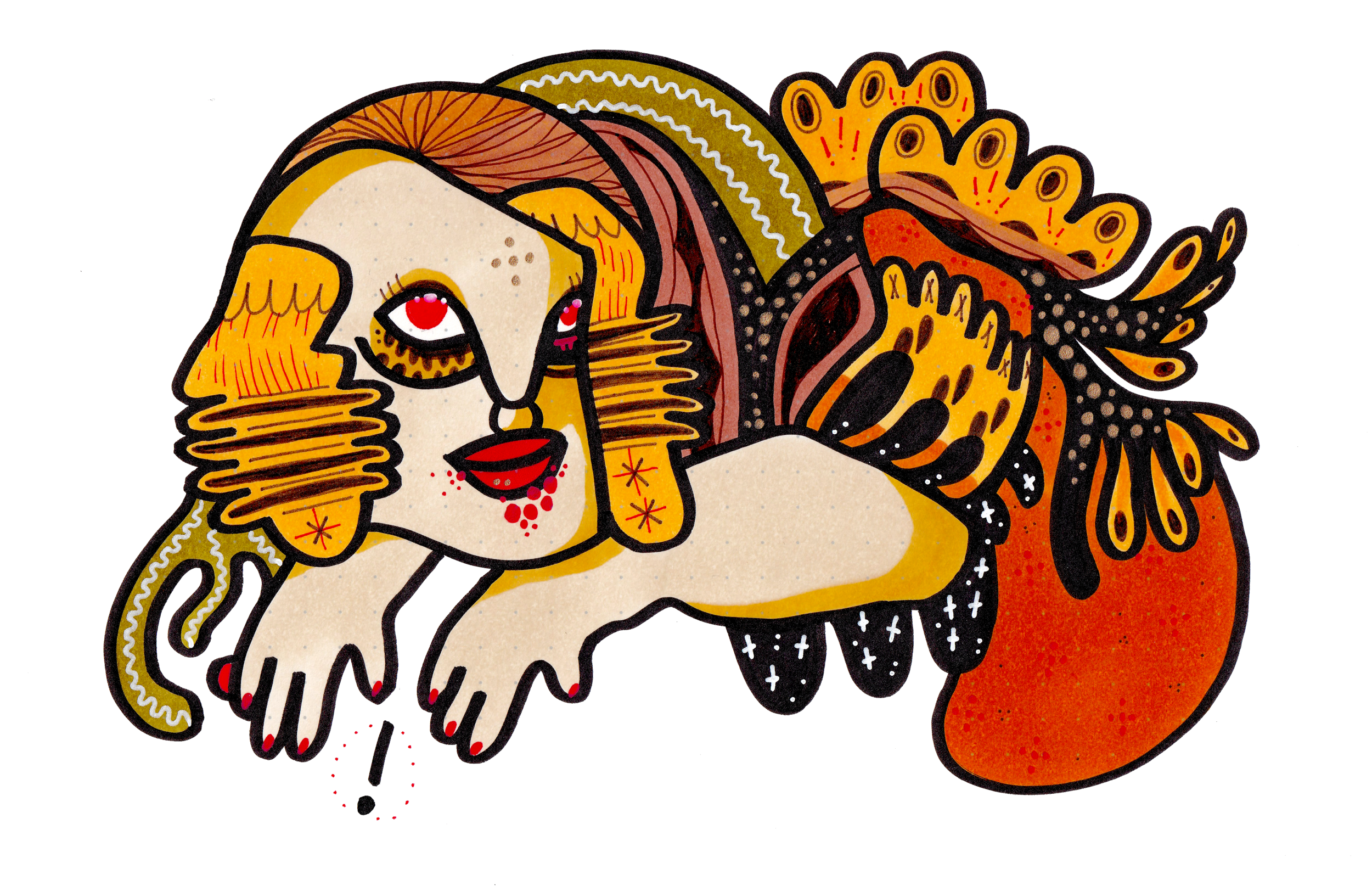CUE is a radical arts initiative dedicated to supporting new generation artists who live and work on the margins.
Throughout history, some of the most innovative artwork has been created by artists who experience marginalization, face systemic barriers, and who have been excluded by conventional arts and cultural institutions. We recognize that arts funding agencies and institutions have struggled to keep up with growing social, cultural, and economic inequality, and with changing demographics.
In response, CUE has designed a high-access funding program offering not only financial support for art projects, but also consultation in preparing project proposals, support throughout the production process, and opportunities for public exhibition.
In 2017, CUE opened the Margin of Eras Gallery, a multidisciplinary arts space dedicated to showcasing the work of new-generation artists who live and work on the margins. Until its’ closure in early 2020, The Margin of Eras Gallery supported a wide range of artists and was the host of many exhibitions, performances, and other community based events.
CUE operates on SKETCH's shared platform.
How we do it
Grassroots outreach. We partner with arts and community organizations across Toronto, and employ past CUE grant recipients to outreach in their immediate communities and connect their artist peers to CUE's opportunities.
High-access applications and project development mentorship. Artists apply for up to $1000 to create a project in any discipline. We demystify the funding process by way of utilizing simplified grant applications, flexible submission formats, and by providing mentorship to each applicant. The option to submit through a verbal application process is available to those navigating significant literacy barriers. CUE's core Program Team and Community Mentors spend hundreds of hours with applicants, providing not only mentorship in grant-writing, but also in conceptual development in envisioning art projects. All CUE team members are practicing artists living and working on the margins, and the majority are past CUE grant recipients.
Support and mentorship through production. Grant recipients execute their projects within a 3-month production timeline. CUE team members meet regularly with artists, and we've implemented a variety of discipline-specific mentorship opportunities (i.e. Writer's Bursary program, literary arts workshops, residencies, mentorship for musicians, etc.), and connect artists with senior practitioners in a variety of fields.
Peer-leadership. Team leaders and mentors are a part of the same communities we engage and support. This model allows for past grant recipients to engage in paid leadership roles within CUE, and build professional experience in the arts sector while establishing strong relationships with artists.
Continuing support. We support grant recipients in multiple ways after the completion of their projects, including: consultation in writing grants to other funders and in strategic development of future practices and projects, access to charitable platform for those wishing to develop initiatives and apply for funding, connections with exhibitions, employment in the arts sector, employment with CUE, professional and artistic development consultation, and simply by maintaining relationships.
WHY ARE NEW FUNDING MODELS ESSENTIAL?
Artists on the margins often experience barriers to securing support for their work. Poverty, mental health issues, unstable housing, stigmatizations associated with racialization, immigration, Indigenous and/or LGBTQ identities, amongst other systemic adversity often excludes important artists from conventional career avenues. The net effect of this exclusion can create a homogenized artistic culture, and can reinforce power structures that have historically perpetuated inequity and cultural divide.
Fostering communities where underrepresented artists are encouraged and supported builds a stronger platform for personal and creative realization. This is also how rich and diverse culture is developed. A better society is one that acknowledges perspectives across social, cultural, and economic gaps.
Artists on the margins can a bring powerful vision, insight, and talent that cannot be learned through curriculum, or manifested by of way social position or privilege.
Artists should be spending maximal time conceptualizing and creating work, and minimal time navigating grant application processes. A simplified support system is beneficial to the creative process.


